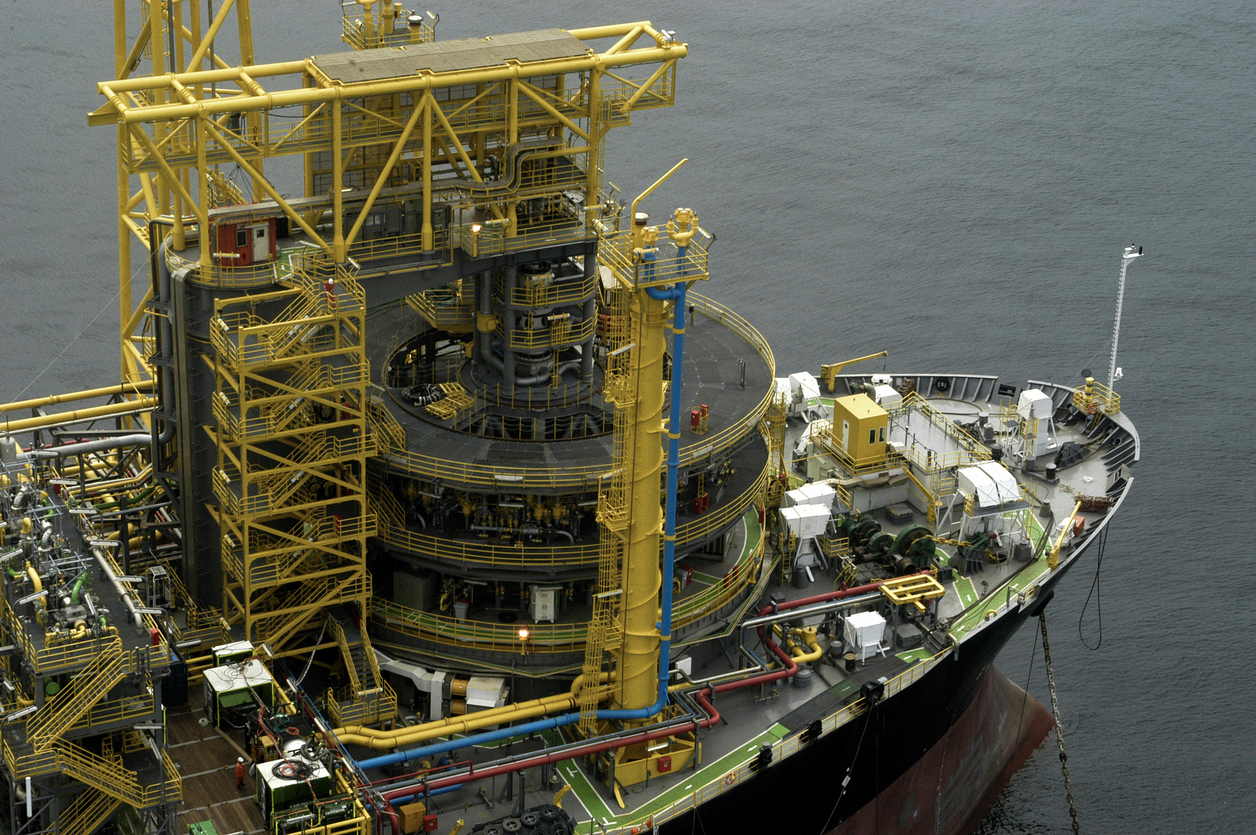The oil and gas sector has always been in the global spotlight, both for its economic impact and for the energy dependence that many countries still face. In recent years, however, this industry has faced a challenging combination: volatile oil prices, increasing regulatory pressure for more sustainable practices, and the urgent need to reduce operating costs to remain competitive. These factors create a scenario in which efficiency, innovation, and environmental responsibility have become prerequisites for the sector's survival and growth.
Recent events, such as the COVID-19 pandemic, have brought a new perspective to the market. In addition to the abrupt drops in global demand and disruptions to supply chains, the crisis has highlighted the importance of digitalization in maintaining operational resilience. Digital technologies that were previously considered differentiators are now seen as essential to ensuring continuity and adaptation in an uncertain environment.
In this article, we'll explore what digital transformation means in the oil and gas sector, why it's so relevant today, what benefits it can generate, the barriers that still hinder its adoption, and what steps should be considered to begin or accelerate this journey.
What is meant by digital transformation in O&G
Digital transformation in the oil and gas sector goes far beyond simply adopting new technologies. It involves a profound process of integrating information technology (IT) and operational technology (OT), redesigning processes, people, and business models. Terms like digitalization and digital transformation are often used interchangeably, but it's important to differentiate: digitalization means converting processes or data into digital format, while digital transformation means rethinking how a company operates, generates value, and interacts with its ecosystem using digital tools.
In this context, concepts such as automation, big data, machine learning, IoT (Internet of Things), and digital twins are gaining prominence. Examples of emerging technologies in use include drones for inspecting pipelines and remote areas, connected sensors for monitoring equipment performance, blockchain for ensuring traceability in supply chains, wearables that increase worker safety in the field and even virtual reality for team training or simulated inspections.
Main motivations and benefits
The first major motivation is operational efficiency and cost reduction. In an industry with tight margins and heavy investment in long-lasting assets, any productivity gain makes a difference. Process automation, predictive equipment maintenance, and value chain optimization allow not only cost reduction but also increased operational reliability and availability.
Another essential dimension is sustainability and regulatory compliance. The adoption of digital technologies has increased the control and precision of operations, enabling safer inspections,real-time environmental measurements and rapid responses to any deviations. Sensors, artificial intelligence, and data analysis help identify and mitigate environmental risks, strengthening credibility with regulators and society.
Digital transformation also opens doors to innovation and competitiveness. New business models, greater responsiveness to market changes, and the adoption of technology for simulations or process optimization allow companies to position themselves more agilely and innovatively.
Furthermore, data governance and real-time analytics favor smarter business decisions, based on consistent and integrated information.According to the JPT (Society of Petroleum Engineers), companies that invest in data quality and systems integration can reduce operational errors and better align their strategies.
Most common challenges and obstacles
Despite the clear benefits, digital transformation in O&G faces significant barriers. One of the main ones is the issue of legacy data. Many companies still operate with old data, in different formats and systems, without standardization or integration. This creates bottlenecks in analysis and reduces the reliability of information.
Another recurring challenge is the integration between IT and OT. Many operations, platforms, and refineries use isolated systems, which hinder the implementation of connected sensors and communication between equipment and control centers. Latency, technology compatibility, and integration costs are critical issues to overcome.
There are also obstacles related to organizational culture and resistance to change. Adopting a digital mindset requires engaged leadership, team empowerment, and a willingness to review decades-old processes. Transformation is only sustainable when it involves both technology and people.
Furthermore, governance, cybersecurity, and compliance issues are critical, especially in the upstream sector, which handles sensitive data in remote environments. Finally, there's the difficulty in measuring return on investment (ROI), as many digital initiatives require time and clear metrics to demonstrate value, which can generate doubt and hesitation.
How to start a digital transformation journey
The first step is to assess the company's digital maturity. This means understanding its current stage in terms of strategy, culture, technology, and operations. Assessment frameworks help identify gaps and prioritize initiatives.
Next, it's crucial to define a clear vision and a structured roadmap with short- and medium-term goals. Pilot projects should be chosen based on their potential impact and ability to generate rapid results, such as remote inspections, predictive maintenance, or automation of repetitive tasks. These use cases are important for building internal trust and justifying new investments.
Another critical point is strengthening culture and people. Digital transformation depends on empowering teams and changing mindsets. Investing in training, engaging leaders, and fostering a culture of continuous innovation are essential actions.
Furthermore, strategic partnerships with research centers, startups, and technology providers can accelerate the process. Finally, it's necessary to ensure data governance and reliable technology, ensuring quality, cybersecurity, infrastructure scalability, and systems integration.
Conclusion
Digital transformation in the oil and gas sector is not a future trend, but a present reality. It offers practical benefits, helps mitigate risks, and is essential for maintaining competitiveness in an increasingly dynamic market.
More than simply adopting isolated tools, this is a journey that requires vision, a digital culture, and solid governance. Every company must ask itself: where are we on this journey, and what initiatives can we start now to accelerate this change?
Investing in digital transformation means investing in innovation and sustainability. For those working in the oil and gas sector, the time to take the next step is now, whether it's seeking a diagnosis, talking to technology partners, or studying pilots that bring quick and concrete value.
About ALTAVE
ALTAVE offers intelligent monitoring solutions that increase safety in critical operations, protecting people, assets, and processes. By combining cutting-edge technology with automated analysis, it is possible to identify risk situations in real time and prevent accidents before they happen.
With real-time monitoring, intuitive dashboards and 24/7 support, ALTAVE contributes to operational safety and the protection of lives and essential resources. The company has patented technologies in Brazil and abroad, and is present around the world, serving sectors such as Defense and Security, Energy, Mining, Ports, Agribusiness and Oil and Gas.
Recognized for its strategic relevance, ALTAVE is accredited as a Strategic Defense Company by the Brazilian Ministry of Defense and a supplier to Petrobras.
Let's have a chat?
Contact us to learn more about how our solution can help your company!





